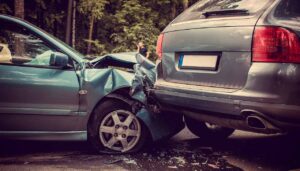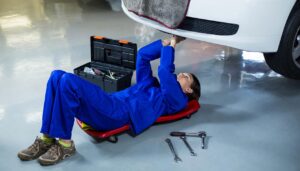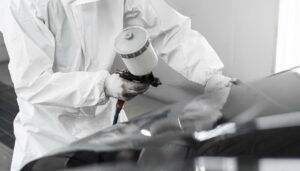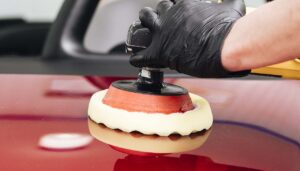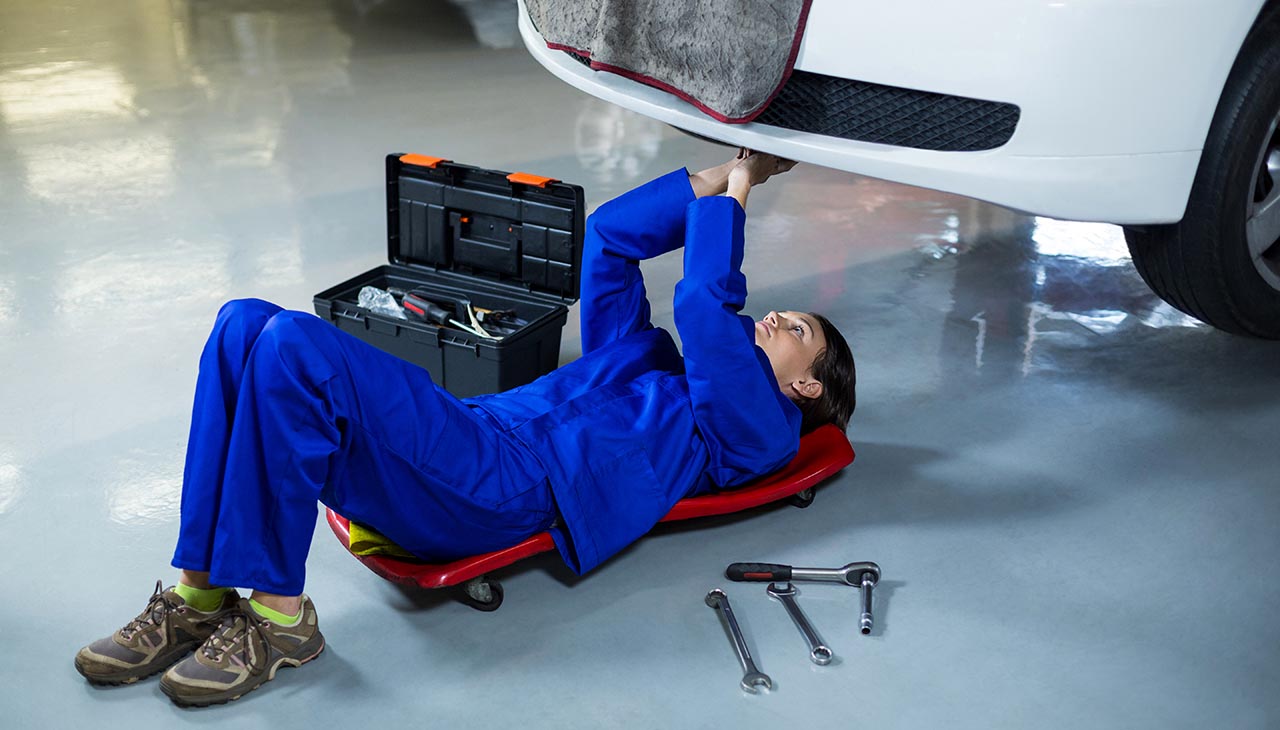
Female mechanic repairing a car in repair garage
Introduction
No one plans for a car accident, but they do happen. Whether it’s a minor fender-bender or a more serious collision, the aftermath can be overwhelming. One of the biggest concerns car owners face is structural damage to their vehicles. Understanding how collision repair shops assess and fix this damage is crucial for car owners, auto enthusiasts, and insurance providers alike. This blog aims to demystify the process, offering valuable insights, practical tips, and real-life examples.
Understanding Structural Damage in Vehicles
What is Structural Damage?
Structural damage refers to any harm done to the vehicle’s frame or unibody, which is the core structure supporting the entire car. This type of damage goes beyond just cosmetic dents and scratches; it affects the integrity and safety of the vehicle. For example, a bent frame can lead to misaligned wheels, affecting the car’s drivability and safety.
Common Causes of Structural Damage
Car accidents are the most common cause of structural damage. However, other factors like poor road conditions, hitting curbs at high speeds, and even manufacturing defects can also contribute. It’s essential to identify the cause to understand the full extent of the damage.
Signs of Structural Damage
Not all structural damage is immediately visible. Some signs include uneven gaps between body panels, doors that don’t close properly, and unusual noises when driving. If you notice any of these symptoms, it’s crucial to get your vehicle checked by professionals.
The Role of Collision Repair Shops
Assessing the Damage
When a car comes into a collision repair shop, the first step is a thorough assessment. Technicians use specialized tools and software to measure the extent of the damage. They look for issues like frame misalignment, compromised safety features, and hidden damage that might not be immediately apparent.
The Repair Process
Once the assessment is complete, the repair process begins. Technicians start by disassembling the damaged parts to get a closer look. They then use various techniques to realign the frame, replace damaged components, and ensure that everything meets factory specifications. Finally, the car goes through a series of tests to confirm that all repairs are successful.
Quality Control
Before any vehicle leaves the shop, it undergoes rigorous quality control checks. This includes test drives, alignment tests, and safety inspections. The goal is to ensure that the car is as safe and functional as it was before the accident, if not better.
Technologies and Techniques Used
Advanced Diagnostic Tools
Modern collision repair shops use state-of-the-art diagnostic tools to assess structural damage. 3D scanning technology, for example, provides a detailed view of the car’s frame, helping technicians identify even the smallest discrepancies.
Laser Frame Alignment
One of the most common techniques is laser frame alignment. This technology uses lasers to measure the car’s frame and ensure it matches the manufacturer’s specifications. It’s a precise method that significantly reduces the margin of error.
Welding and Bonding Techniques
Repairing structural damage often involves welding and bonding new materials to the damaged areas. Modern techniques like MIG welding and adhesive bonding provide strong, durable repairs that restore the vehicle’s integrity.
Case Studies
Example 1: Minor Collision, Major Impact
A car owner brought in a vehicle with what seemed like minor bumper damage. Upon inspection, technicians discovered that the frame was slightly bent. Using 3D scanning and laser alignment, they were able to fix the issue, preventing potential long-term problems.
Example 2: Severe Structural Damage
In another case, a car involved in a high-speed collision had severe structural damage. The repair shop used a combination of welding, frame straightening, and replacement parts to restore the vehicle. The car passed all quality control tests and was deemed roadworthy once again.
Example 3: Insurance Collaboration
An insurance provider worked closely with a collision repair shop to streamline the claim process. By using advanced diagnostic tools, they were able to quickly assess the damage, approve the necessary repairs, and get the car owner back on the road faster.
Tips for Car Owners
Immediate Steps After an Accident
If you’re involved in an accident, the first step is to ensure everyone’s safety. Once it’s safe, take photos of the damage and contact your insurance provider. Avoid driving the car if you suspect structural damage.
Choosing a Reputable Repair Shop
Not all repair shops are created equal. Look for shops that are certified by organizations like the National Institute for Automotive Service Excellence (ASE). Read reviews, ask for recommendations, and don’t hesitate to ask the shop about their experience with structural repairs.
Regular Maintenance
Regular vehicle maintenance can help identify potential issues before they become major problems. Routine inspections, alignment checks, and timely repairs can go a long way in keeping your vehicle safe and functional.
Conclusion
Structural damage can have a significant impact on your vehicle’s performance and safety. Addressing it promptly is crucial. Collision repair shops play a vital role in assessing and repairing this type of damage, using advanced technologies and techniques to restore vehicles to their original condition. By understanding the process and knowing what to look for, car owners, auto enthusiasts, and insurance providers can ensure that their vehicles are in good hands.
Your vehicle’s health is important. Regular maintenance and timely repairs not only extend the life of your car but also keep you safe on the road. If you have any questions or need professional advice, don’t hesitate to reach out to a certified collision repair shop. Your peace of mind is worth it.
